Edições Impressas
12 de maio de 2023
Mission: save and protect the turtles – Level 3
Article published in Joca 205
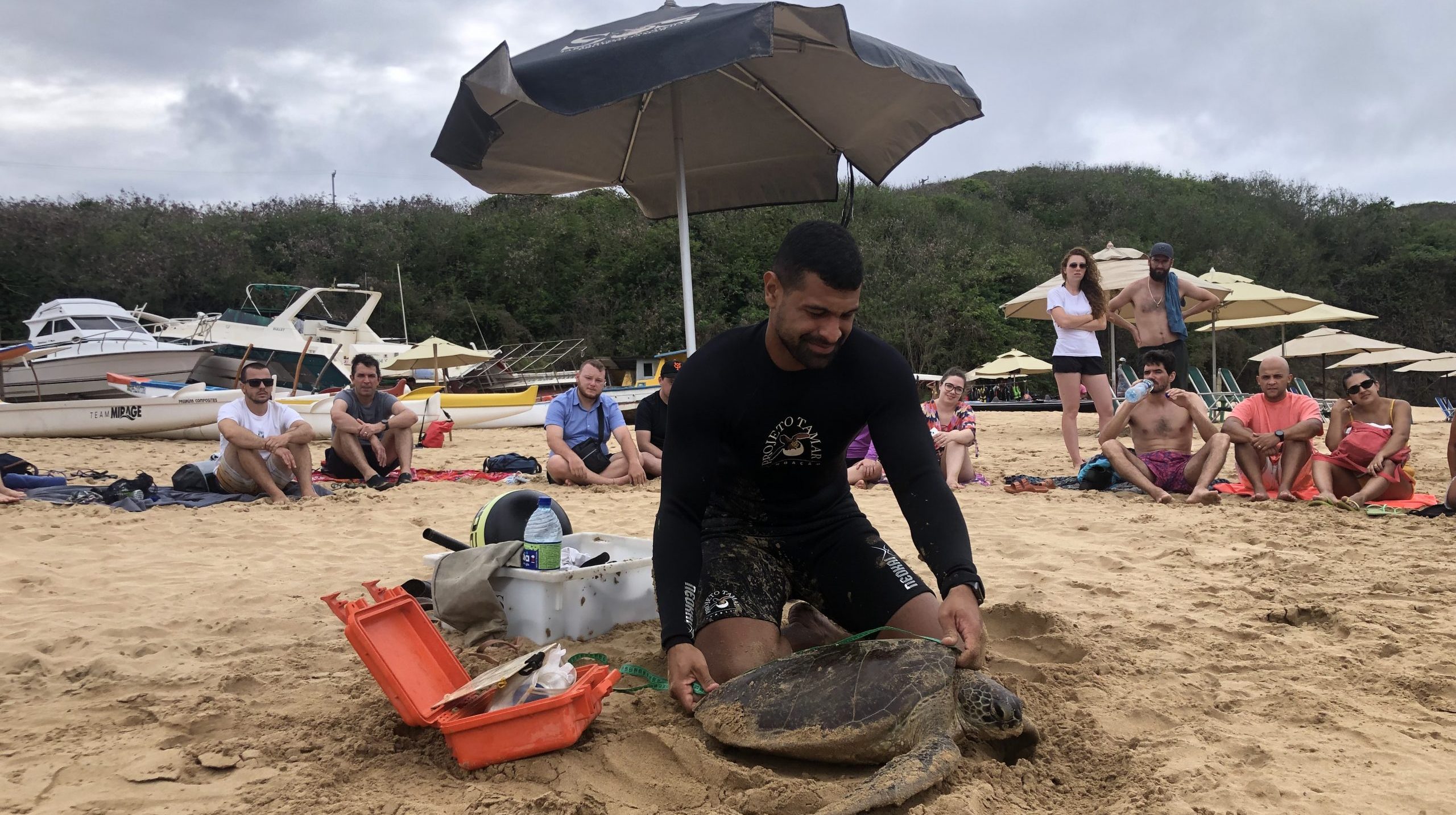
Human exploitative activities, such as illegal fishing and ocean pollution, have put sea turtles at risk of extinction in various parts of the world. Caring for and protecting these animals is the goal of the Tamar Project, created in 1980.
Tamar operates in several locations along the Brazilian coastline through research and awareness raising initiatives. One of the activities is monitoring turtles’ nests to ensure greater reproduction of the species. To better understand how all of this works, 11-year-old Marcela P., a member of Clube do Joca, interviewed Afonso Nascimento, a biologist in the Tamar chapter on Fernando de Noronha island. Check it out.
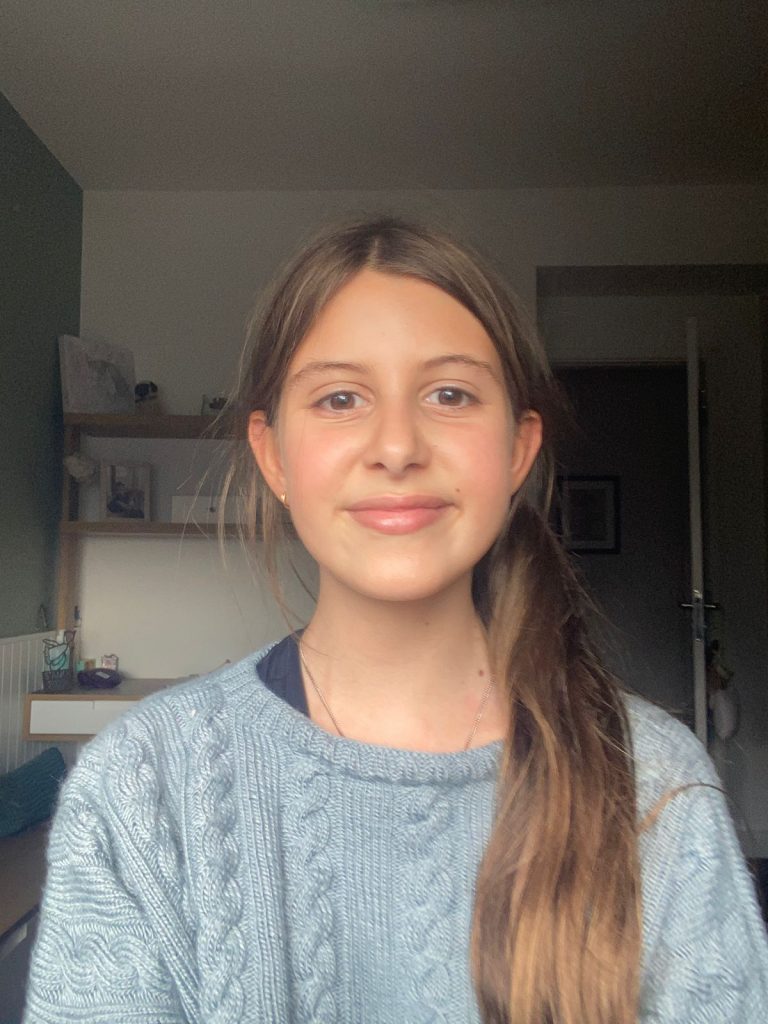
What role and importance do sea turtles have in nature?
Turtles play an extremely important ecological and biological role in the food chain and in the ecosystem. From the egg to the adult stage, there is a predator, that is, an animal that relies on the turtle to survive [because it feeds on turtles]. As an adult, the turtle is also a predator. The turtle is important in this ecosystem to provide continuity and balance in the food chain. [From an ecological point of view] Turtles are also essential. The turtle comes out of the water to lay eggs on the sand. The eggs that do not hatch, or the hatchlings that die, turn into organic matter. The decomposition of this matter is extremely important for the environment’s enrichment, and this helps vegetation.
Where does the Tamar Project operate?
We monitor over 1.100 kilometers of beaches along the Brazilian coastline. We have a few locations with visitor centers, research areas, and we are in over 23 locations including Bahia, Sergipe, Rio Grande do Norte, the southeast, and Florianópolis.
How many turtles do you help/ rescue on average?
In Fernando de Noronha over 7,000 turtles have been captured and recaptured [for follow-up]. We deliberately seize them for a scientific capture in which we dive in feeding areas, seize the turtle, take it to the the beach to carry out the marking, weighing, biometrics, and all the required handling. In this way, we can track the entire population here in Noronha. We place a metallic marking, a type of identifier for the turtle, and we track it.
How do you open the nests?
We do not plan the opening; we rely on the hatching. The females crawl up the beach and lay the eggs there. During mat i ng sea son, our team increases its efforts and is on the beach daily looking for hatchlings to protect. The female crawls up the beach at night and lays her eggs, close to 120 in each nest. We mark, collect the necessary data, and the next morning, place a numbered post to mark it. We track them until the hatching. The nest takes around 40 to 65 days to be ready to hatch. Since the nest is about 50 centimeters deep, the hatchlings break through the eggshell a nd crawl to the surface which takes three days. Most of them go straight to the sea. The next day, in the morning, our team can see that the nest has erupted because of the tracks that the hatchlings have left on the sand. Then, we open the nest to count how many have hatched, how many eggs did not hatch, how many died, etc. There are always some weak ones, those hatchlings that could not crawl up on their own. At the time of hatching, we grab the hatchlings and invite people to watch them make their way to the sea.
How does the public interact when the nests open?
We do not let anyone touch (the turtles). Even we, the researchers, try to touch as little as possible. It is important to teach kids who have never seen a turtle and want to get to know one to not touch them. Children, like you who ask about the turtles, need to learn to preserve and protect them. If we do not stress the importance of preserving the environment and animals, the importance of animals in this setting, who will protect turtles in the future? It is important that kids participate, follow, and know that sea turtles are important.
How many turtles have gone to Tamar because the sea was polluted?
We know that, today, one of the main threats against sea turtles is ocean pollution. They cannot tell trash apart from food in the sea. If it’s in the water and they are hungry, they will eat it. For every 10 dead turtles that arrive at our center, eight to nine of them have had some type of interaction with ocean trash.
Sources: Brasil Escola and Projeto Tamar.
Ixi! Você bateu no paywall!
Ainda não é assinante? Assine agora e tenha acesso ilimitado ao conteúdo do Joca.
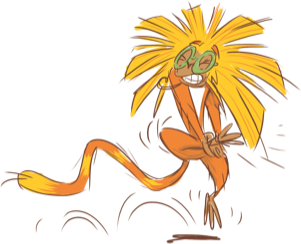







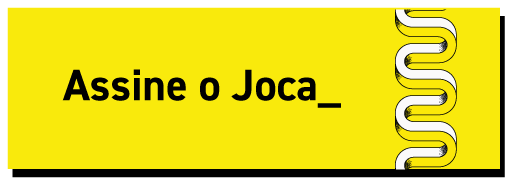

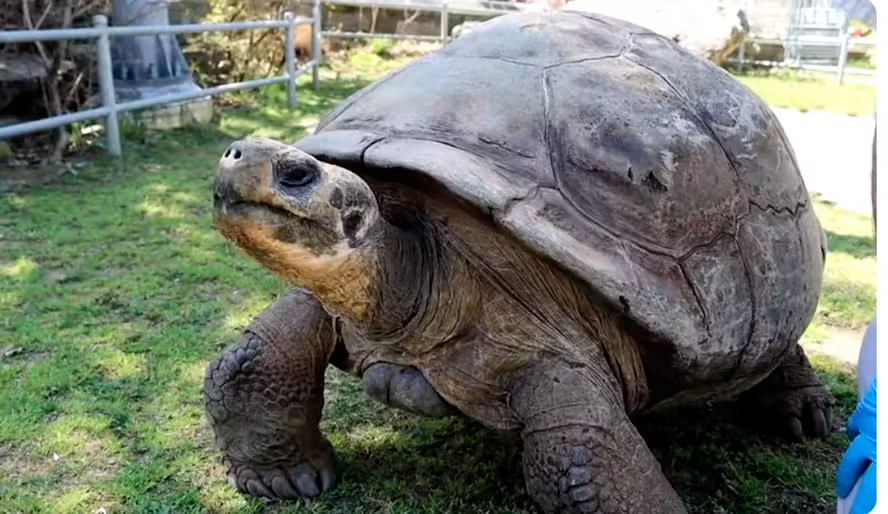
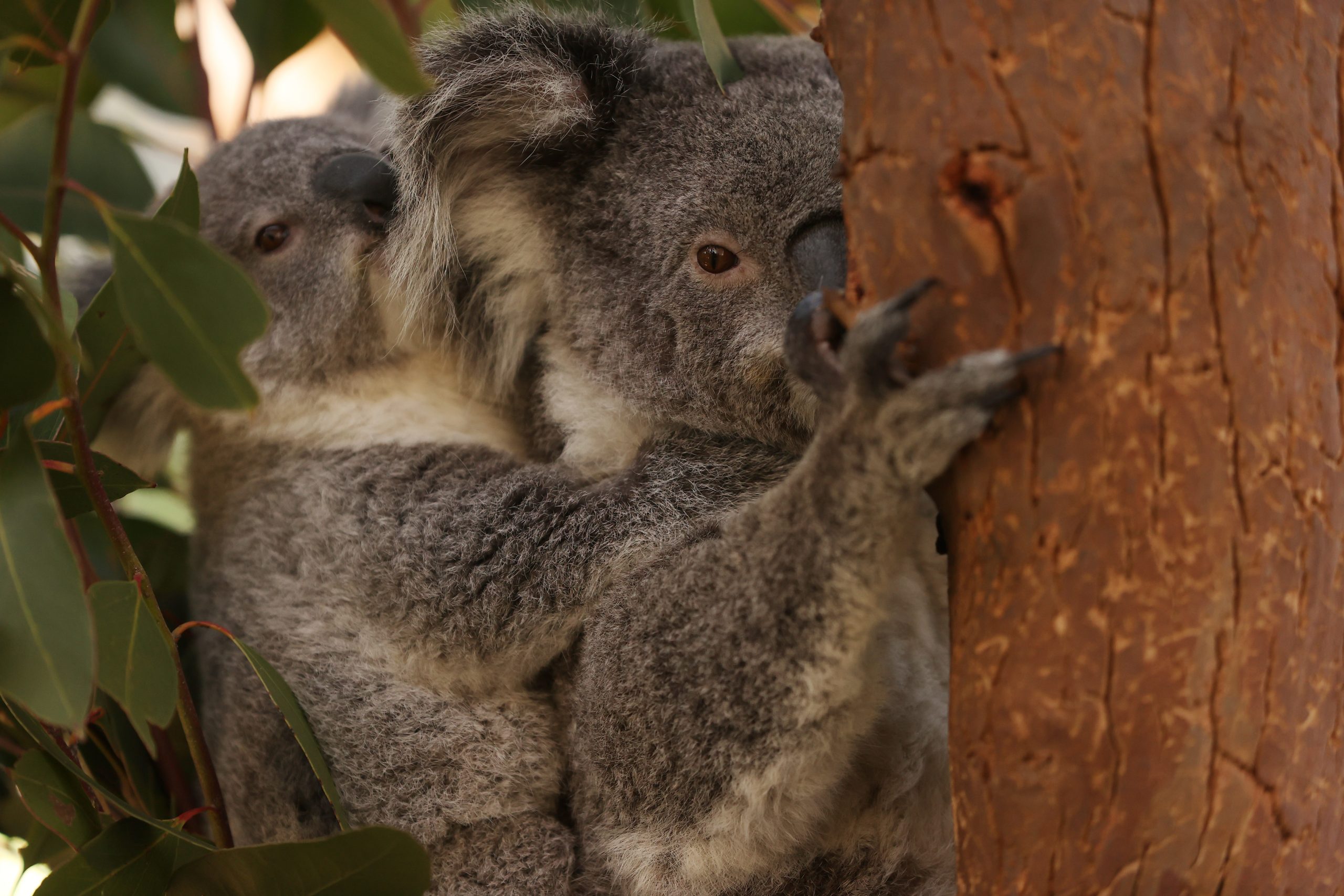
Você precisa fazer o login para publicar um comentário.